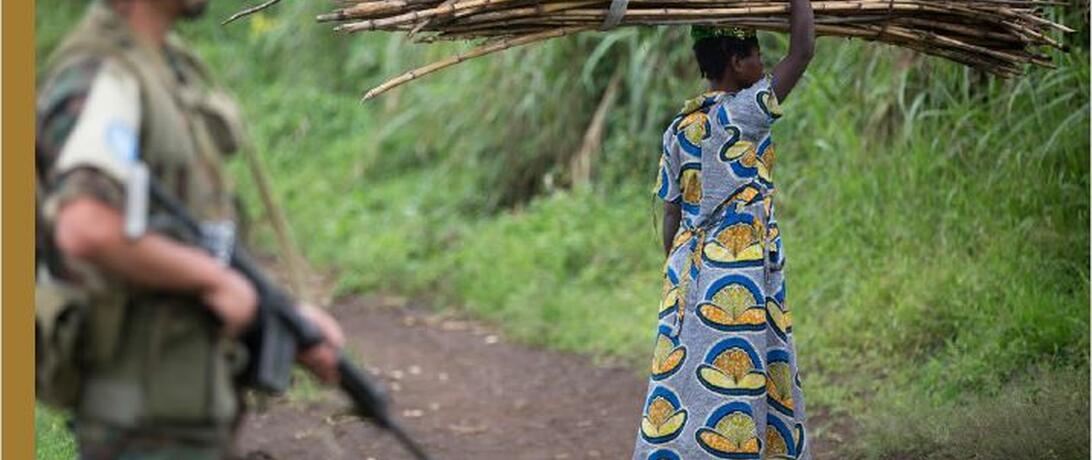
The authorization of the Intervention Brigade (IB) in the eastern Democratic Republic of the Congo (DRC) has sparked controversy in the international community over the value of such deployments for UN peace operations. Outlined here are several key conditions which can help determine whether this model can be successfully deployed as a tool for civilian protection outside the DRC context. The analysis focuses on four key considerations which need to be examined in order to determine if the success of the IB in the DRC can be replicated—and its failures avoided—in other contexts.
Key Findings
The success of a United Nations intervention brigade depends upon the ability of policymakers to determine its suitability on a case-by-case basis, and to act swiftly and with the right resources if using a peace enforcement strategy. This paper reasons that, though far from a universal solution, under the right circumstances the IB model of peace enforcement may have the potential to be effective as a tool for civilian protection.